




Did you find this useful? Give us your feedback
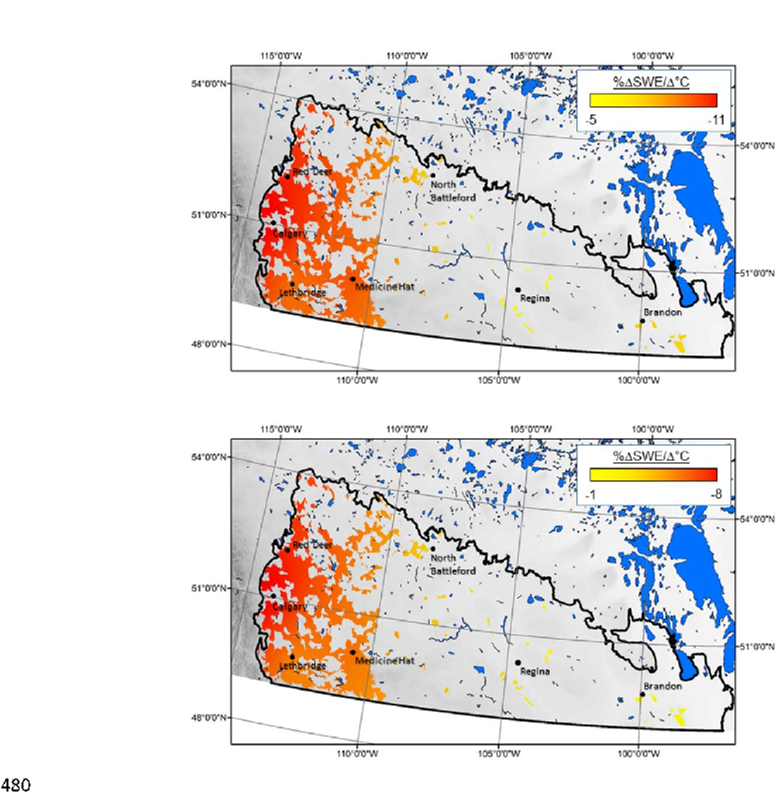
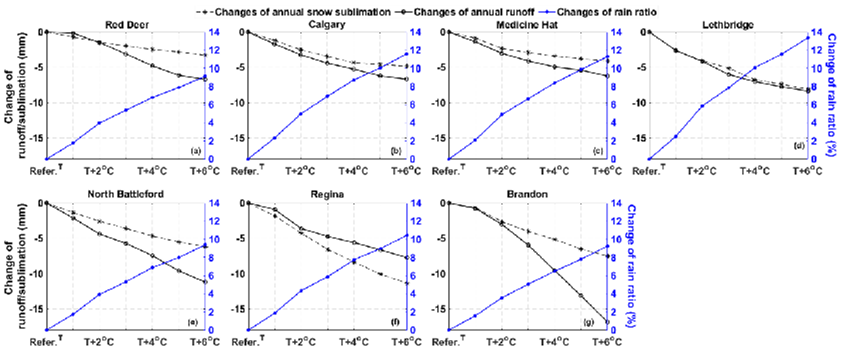
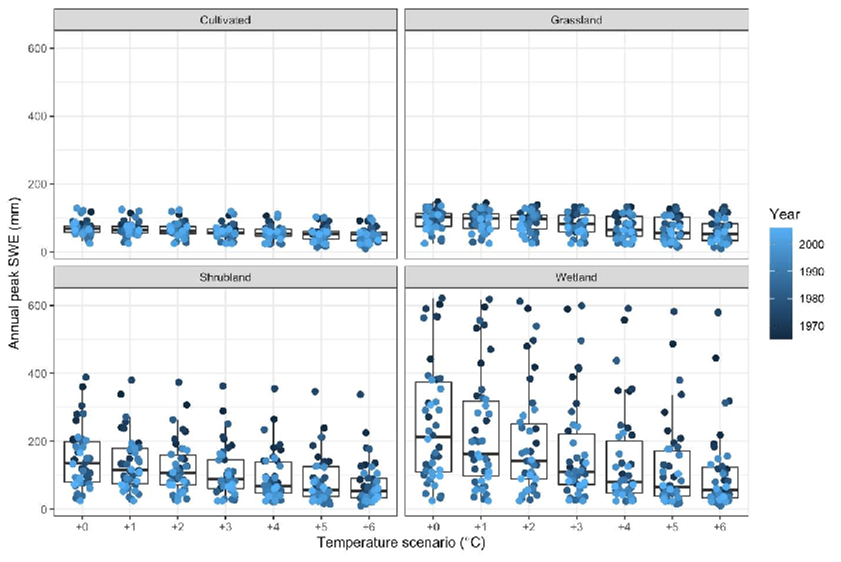
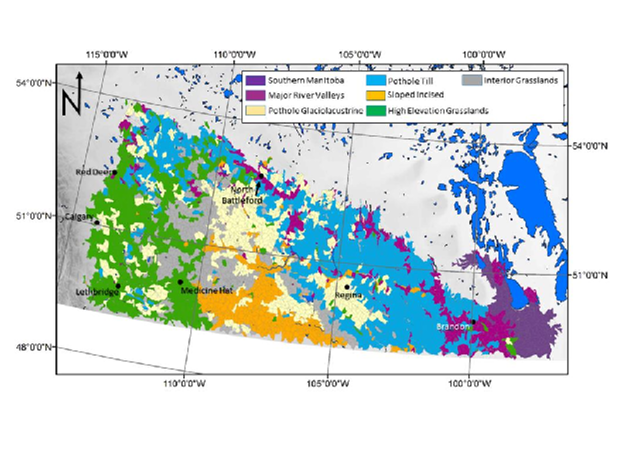


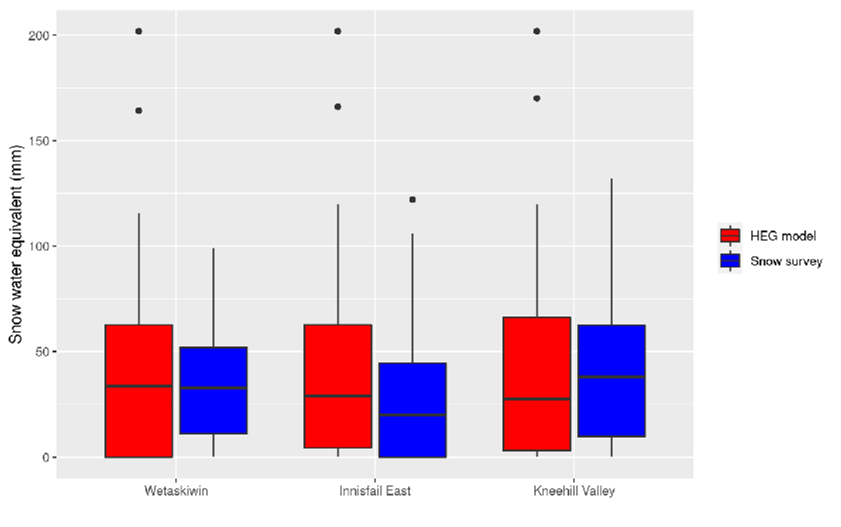










6 citations
4 citations
132 citations
...With the correct suite of modules, each representing a key hydrological process, CRHM has proven very capable of representing prairie hydrological processes and accurately emulating water fluxes in this landscape (Fang and Pomeroy, 2009; Fang et al., 2010)....
[...]
...The routing length for each HRU was calculated using the modified Hack’s law length–area relationship, which was derived from a previous CRHM-PHM modelling study of Smith Creek in Saskatchewan (Fang et al., 2010; Pomeroy et al., 2010)....
[...]
...Previous studies have described the application of CRHM to Canadian Prairie basins, and its ability to represent the region’s predominant hydrological processes is well established (Fang et al., 2010)....
[...]
...With the correct suite of modules, each representing a key hydrological process, CRHM has proven very capable of representing prairie hydrological processes and accurately emulating water fluxes in this landscape (Fang and Pomeroy, 2009; Fang et al., 2010)....
[...]
131 citations
...…et al., 1996; Horn et al., 2005; Dunn et al., 2007; Mallard et al., 2014; Seo and Schmidt, 2013; López-Moreno et al., 2020), identify factors influencing hydrological processes (e.g. Weiler and McDonnell, 2004), and study hydrological controls on water chemistry (Weiler and McDonnell, 2006)....
[...]
...Weiler and McDonnell, 2004), and study hydrological controls on water chemistry (Weiler and McDonnell, 2006)....
[...]
128 citations
...…is evidence that such an approach is viable, as virtual experiments have been used to evaluate hydrological response to different conditions (Di Giammarco et al., 1996; Horn et al., 2005; Dunn et al., 2007; Mallard et al., 2014; Seo and Schmidt, 2013; López-Moreno et al., 2020), identify…...
[...]
128 citations
...Wetland drainage has become widespread in portions of the region (van Meter and Basu, 2015), and the loss of depressional storage capacity associated with drainage enhances streamflow volumes (Tiner, 2003; Wilson et al., 2019) and may alter the frequency, timing, and duration of regional streamflow…...
[...]
122 citations
...Infiltration to unfrozen and frozen soils was calculated by the Prairie Infiltration module with algorithms based on Ayers (1959) and Gray et al. (1985), respectively....
[...]
Outputs of virtual experiments are less useful in predicting exact future system states than in specifying how alternative climate possibilities would alter hydrological behaviour. 630 Data Availability: All model forcing datasets used in this research are publicly available and can be accessed via the references and links provided.